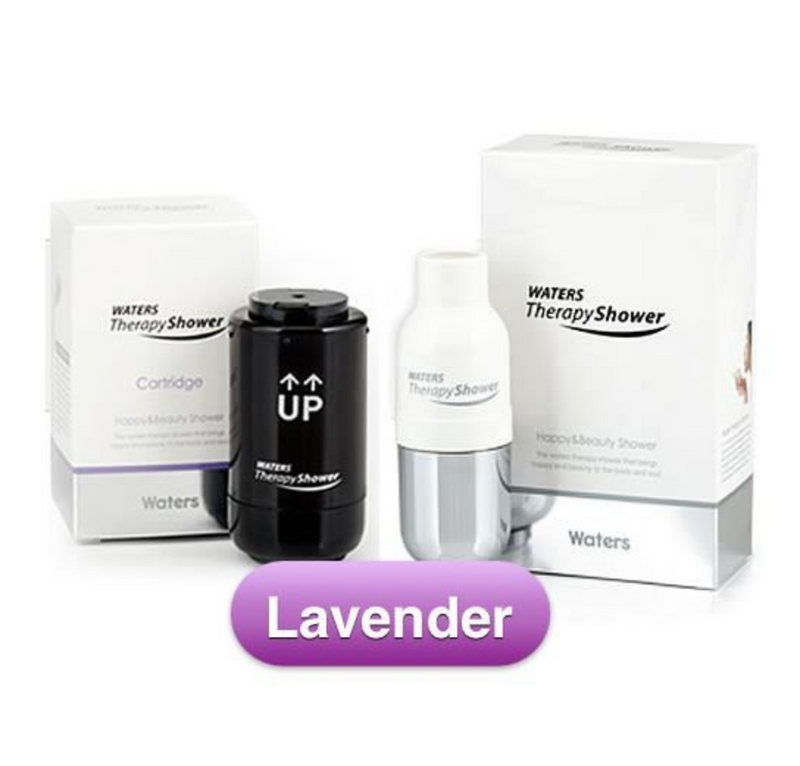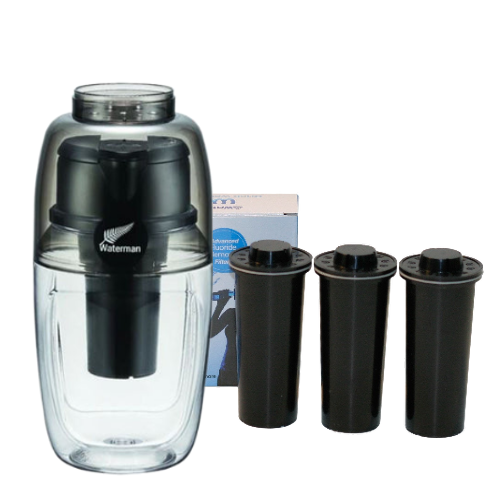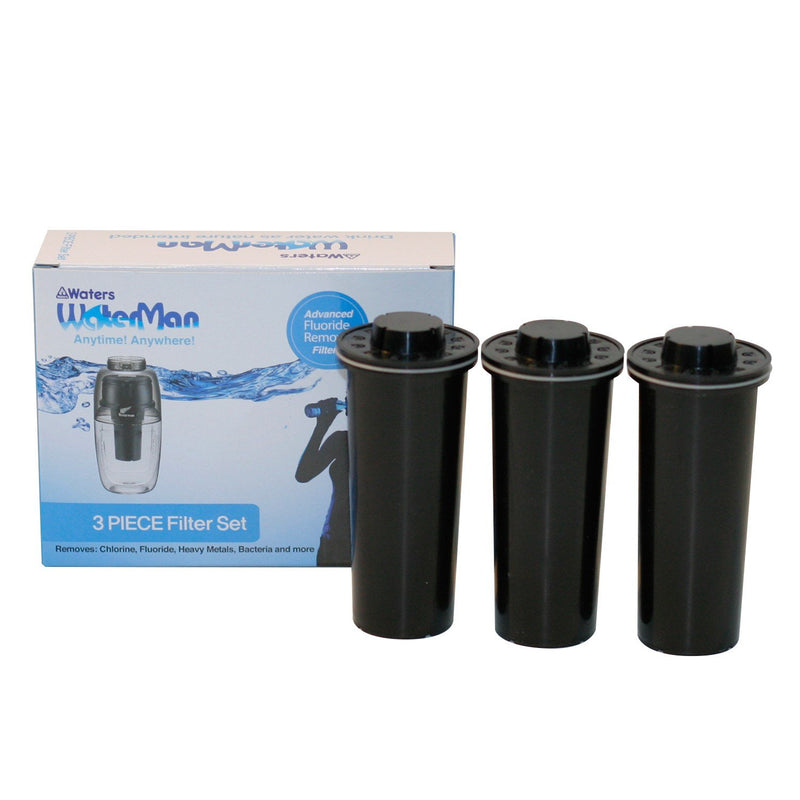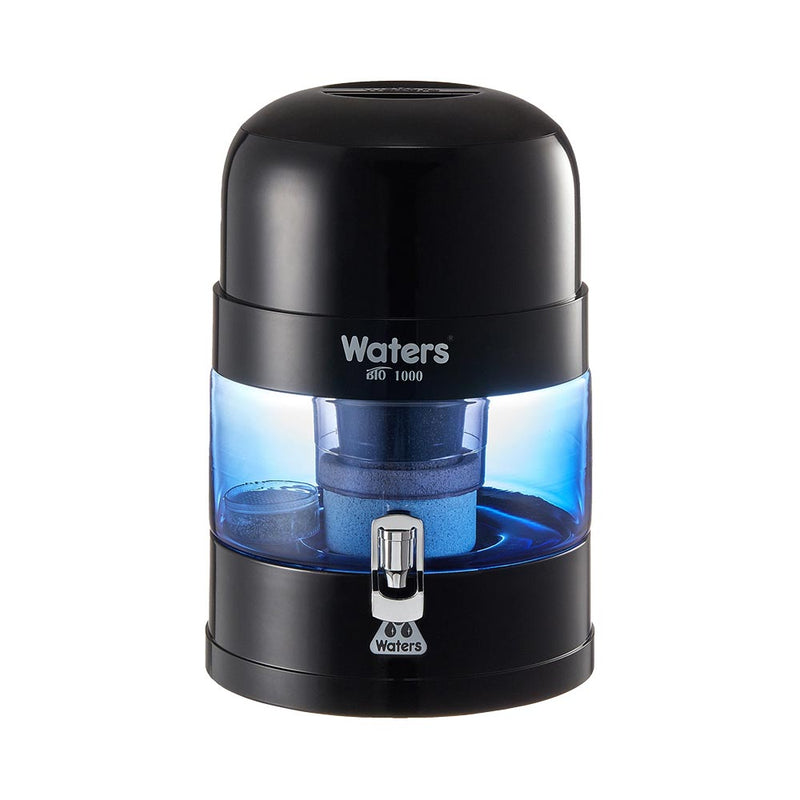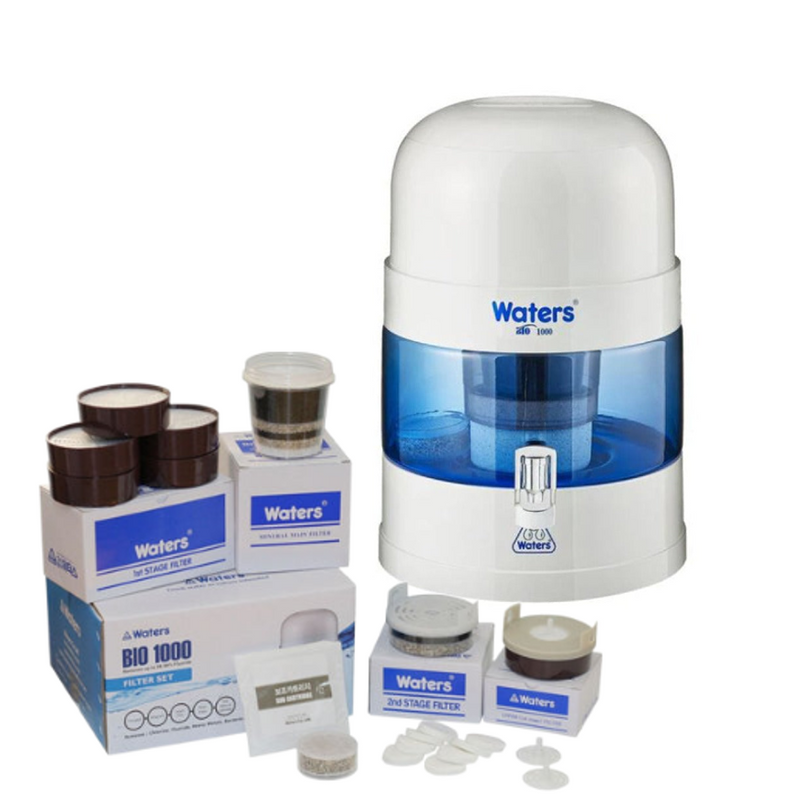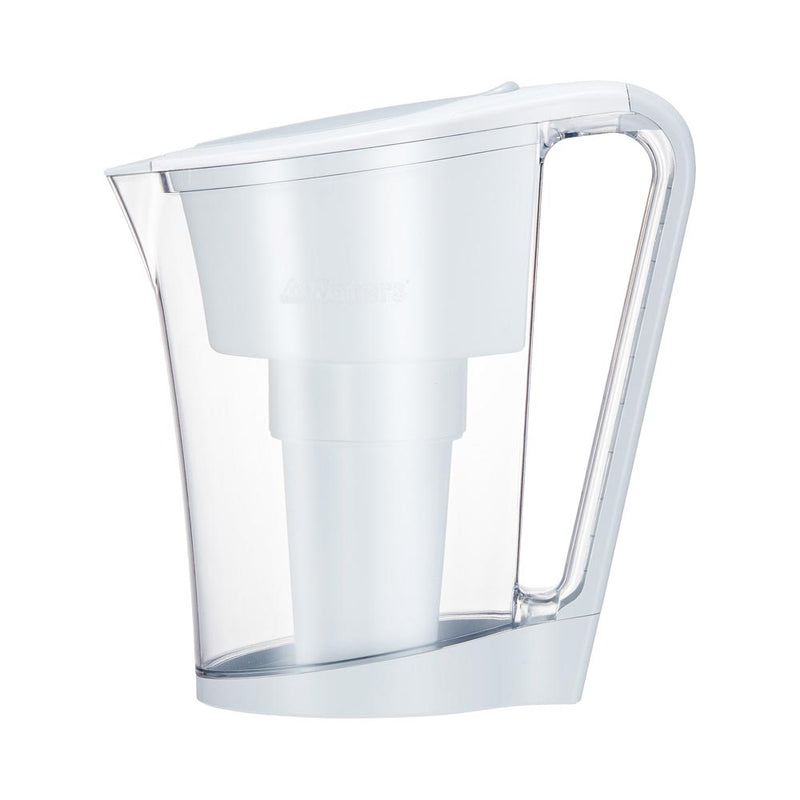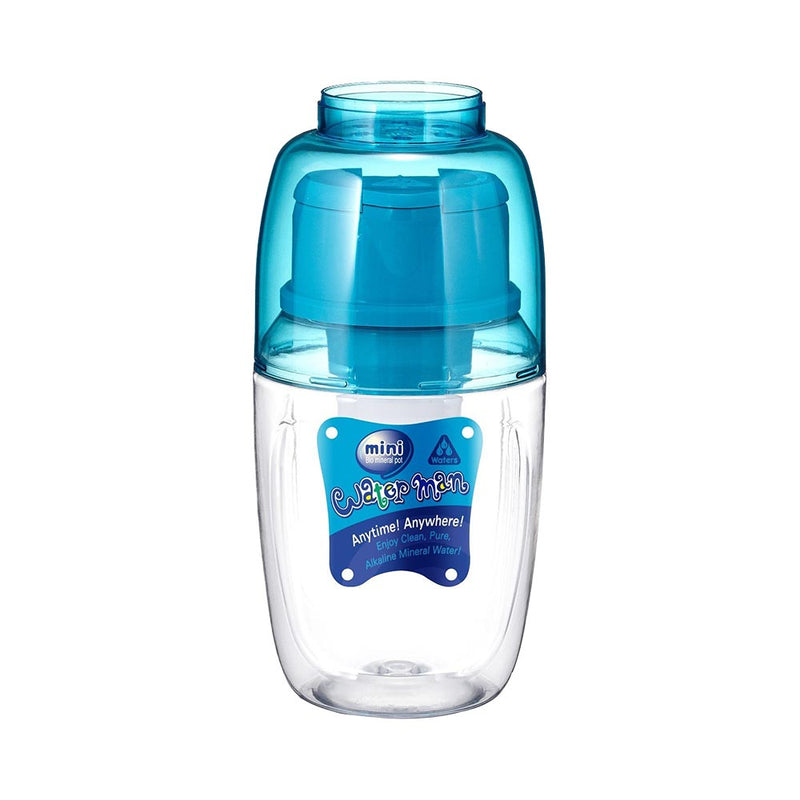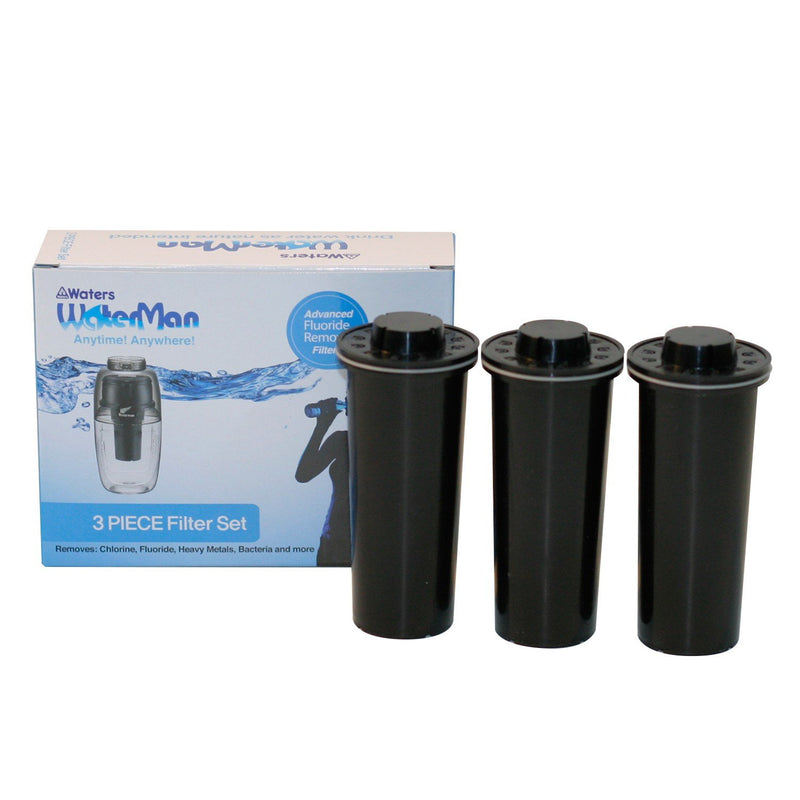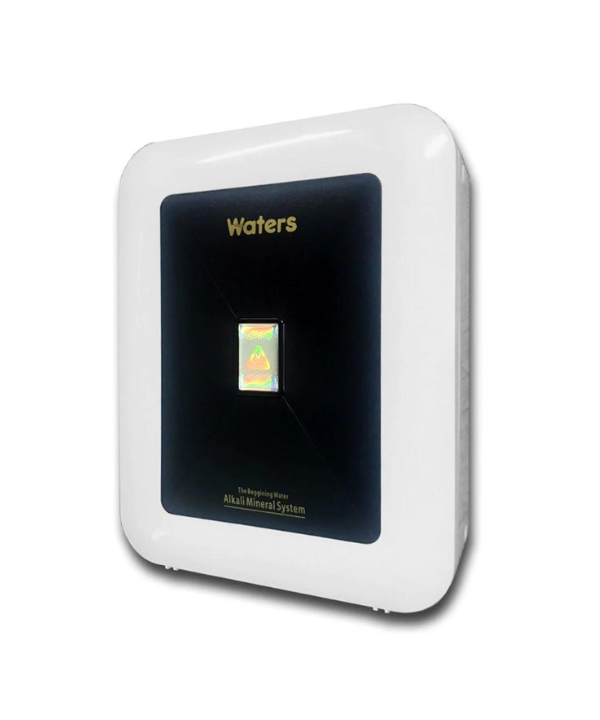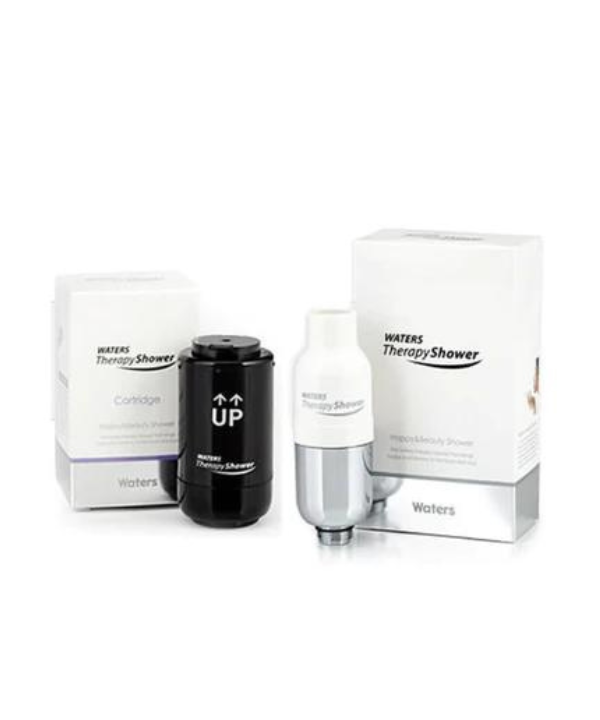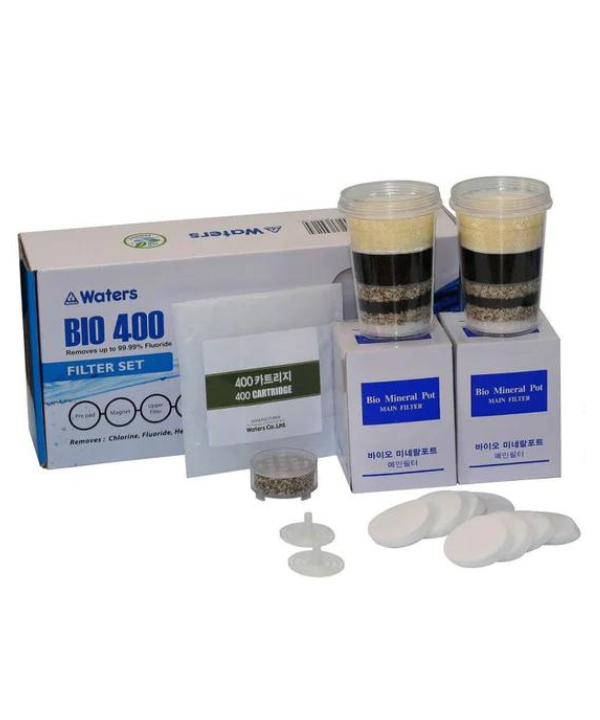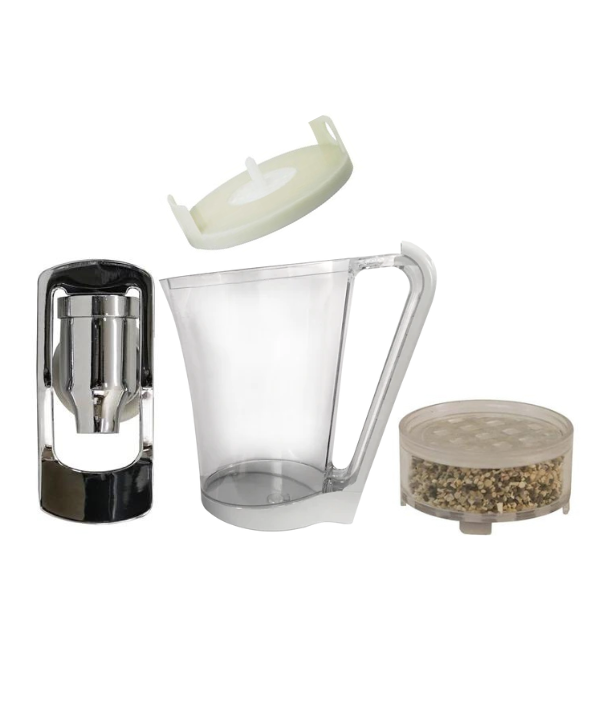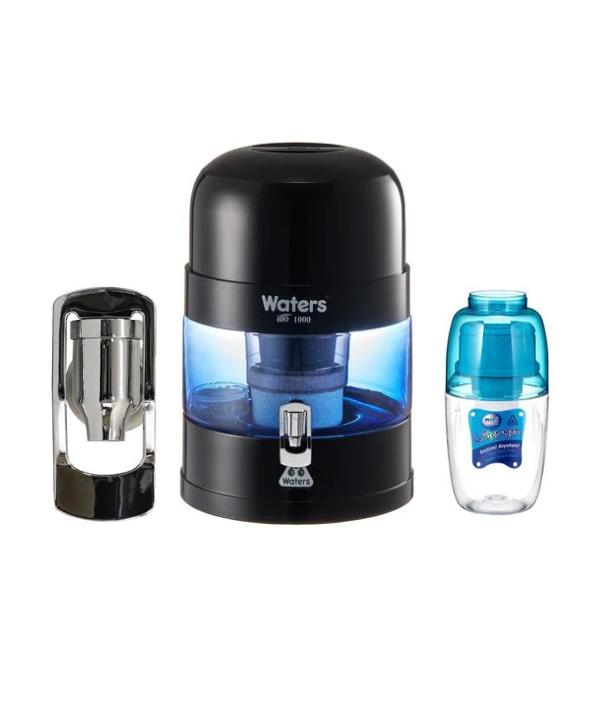Activated Carbon vs. Reverse Osmosis: Which Water Filter is Best for Removing PFAS?
From regional towns to major cities, PFAS contamination is threatening Australia's water and your health. These toxic “forever chemicals” are now being detected in drinking water supplies at disturbing levels across Australian states and territories. Studies have shown that millions of people are being exposed to PFAS, and even small amounts can be harmful. Linked to serious health issues, including cancer, fertility problems, thyroid disease, high cholesterol, and immune dysfunction, these synthetic chemicals are forcing households to seek real answers on how to protect their water supply.
If you're concerned about PFAS in your tap water, the good news is that there are effective ways to filter them out at home. The two most trusted options are activated carbon filters and reverse osmosis systems. Both in-house water filter solutions are powerful, but choosing the right one for your household depends on what matters most: performance, cost, ease of use, or all of the above.
Activated Carbon Filters for PFAS Removal
Activated carbon filtration is an accessible and widely used water treatment technology. The system is implemented in everything from pitcher jugs and under-sink systems to full-home setups.
How Activated Carbon Filters Work
An activated carbon filter uses treated charcoal with a huge surface area filled with tiny pores. When water passes through these microscopic pores, contaminants get trapped and stick to the carbon surface. This process is called adsorption (not absorption!). Clean water continues to flow through the filter, while chlorine, organic compounds, chemicals, and many PFAS molecules remain behind.
The different types of activated carbon filters available are:
- Granular Activated Carbon (GAC). It uses loose carbon granules, which are highly effective for improving taste and smell.
- Carbon Block Filters. Compressed carbon is formed into solid blocks, offering more contact time and finer filtration of particles.
- Powdered Activated Carbon. It uses fine carbon powder and is typically employed in industrial applications.
Pros of Activated Carbon Filters
Activated carbon filters offer several compelling advantages:
- PFAS removal. Research shows that GAC can be 100% effective against PFAS. Still, it depends on the type of carbon used, the depth of the bed of carbon, the flow rate of the water, the specific PFAS you need to remove, the temperature, and many other aspects. On average, most activated carbon filters are 88-99% effective at treating common PFAS.
- Economic efficiency. Carbon filters are affordable and don't require costly ongoing maintenance. They're also much easier to install — many homeowners can handle the installation themselves.
- No water waste. Carbon filters don't leak water during the filtration process, so every drop that goes in comes out clean.
- Improved taste and odour. Carbon filters excel at removing chlorine, organic compounds, and volatile chemicals that affect water taste and smell. Filtering makes your water more enjoyable to drink.
- Versatility. From simple faucet attachments to under-sink filtration systems, there's a carbon filter for most homes and budgets.
Limitations of Activated Carbon
Activated carbon filters are highly effective and popular. However, they have some limitations to be aware of:
- Short-chain PFAS issue. Recent studies indicate that activated carbon filters effectively treat PFAS in water for all but the new short-chain chemicals. These alternative PFAS compounds (like PFBA and PFPeA) may break through carbon filters more quickly than longer-chain varieties.
- Gradual saturation. Activated carbon has a finite capacity and may lose its effectiveness over time.
- Variable performance. The effectiveness of a carbon filter depends on water temperature, flow rate, the specific carbon type, and competing contaminants in the water. Each filter works differently.
Reverse Osmosis Filters for PFAS Removal
Reverse osmosis (RO) filters are the gold standard in comprehensive water purification. They use advanced membrane technology to remove virtually all contaminants from your water, including PFAS.
How Reverse Osmosis Filters Work
Reverse osmosis forces water under pressure through an extremely fine semi-permeable membrane. This membrane has tiny pores (around 0.0001 microns) that only water molecules can pass through, so all contaminants are kept out.
The RO process involves multiple stages:
- Pre-filtration: Removes large particles that could damage the membrane.
- RO membrane: The heart of the system, where PFAS and other contaminants remain.
- Post-filtration: Often includes carbon filters to improve taste.
- Storage: Clean water is stored in a pressurised tank for immediate use.
Pros of Reverse Osmosis Filters
RO filters offer valuable benefits for water purification:
- Superior PFAS removal. The membrane's incredibly small pore size means it can effectively block virtually all PFAS molecules. Since even the smallest PFAS compounds are much larger than water molecules, RO filters have a removal rate of more than 90% for PFAS, regardless of their chain size.
- Comprehensive contaminant removal. RO systems eliminate bacteria, viruses, heavy metals, dissolved salts, and all other chemicals.
- Consistent performance. RO membranes don't lose effectiveness with every use. However, they will need replacement after 2-3 years.
Cons of Reverse Osmosis Filters
RO is a functional system, but it has many drawbacks to mention:
- Complex installation. RO systems often need professional installation and modifications to your plumbing.
- Higher costs. Both initial purchase and ongoing maintenance costs are significantly higher than those of carbon filters. Replacement membranes and pre/post filters add up over time.
- Water waste. RO systems typically waste 3-4 gallons of water for every gallon of clean water produced, which can be concerning for environmentally conscious households.
- Mineral removal. Reverse osmosis filters may remove beneficial minerals like calcium and magnesium along with contaminants. You'll need to add healthy minerals through remineralisation filters.
- Space requirements. RO systems can't be used in portable jugs or benchtop filters. They need substantial under-sink space for the filtration unit, storage tank, and associated plumbing.
- Pre and post-filter needs. To protect the expensive RO membrane and improve water taste, you'll need additional pre-filters (to remove chlorine and sediment) and post-filters (usually carbon). These add to complexity and cost.
Head-to-Head Comparison: Activated Carbon vs Reverse Osmosis for PFAS
|
Factor |
Activated Carbon |
Reverse Osmosis |
|
PFAS Effectiveness |
Up to 99% for most PFAS; struggles with short-chain compounds |
>90% for all PFAS types, including short-chain |
|
Initial Cost |
Under $1000 |
$1,500+ |
|
Installation |
Simple, often DIY |
Complex, may require professional help |
|
Maintenance |
Easy filter changes (low cost) |
Requires membrane replacement (moderate to high cost) |
|
Other contaminants removal |
Good quality for chlorine, taste, odour, bacteria, heavy metals, and some chemicals |
Excellent for most contaminants |
|
Mineral Retention |
Retains beneficial minerals |
Removes all minerals |
|
Lifespan |
Up to 5 years (filter change) |
2-5 years (membrane), 1 year (pre/post filters) |
|
Environmental Impact |
Low |
Higher due to water waste |
Which Filter is Right for You?
The first step is to test your water to find out exactly which PFAS compounds and other contaminants are lurking. This information is key to choosing the right filter. Next, consider your budget, and don't just think about the upfront price. Look at ongoing costs like maintenance, replacement filters, and water usage over time.
Choose activated carbon if:
- You want a cost-effective solution
- You prefer to retain beneficial minerals in your water
- You want easy installation and maintenance
- Water conservation is important to you
- You have limited space under your sink
- Your water mainly contains long-chain PFAS (PFOA, PFOS)
- You want to improve water taste and odour, along with PFAS removal.
Choose a reverse osmosis filter if:
- You want all contaminant removal
- You have multiple water quality concerns beyond PFAS
- You don't mind the higher cost for maximum protection.
For many families, a high-quality carbon system provides the right balance of effectiveness and affordability. Check out Waters Co's range of benchtop water filters. They have been specifically designed to tackle all common contaminants, including PFAS, lead, cysts, bacteria, heavy metals, and volatile organic compounds. You'll get comprehensive protection in a user-friendly package with a lifetime warranty.
Making an Informed Choice for PFAS-Free Water
PFAS are persistent, toxic chemicals increasingly found in Australia's water supply. Whether you live near a known PFAS hotspot or just want to be proactive, investing in a reliable water filtration system is a smart and necessary next step.
Activated carbon and reverse osmosis filters both provide highly effective protection, but each comes with distinct pros and cons. Look for a system independently certified for PFAS removal by recognised testing laboratories. Don't rely on marketing hype alone.
Still unsure which filter suits your needs? Reach out to the Waters Co team. We design tested, reliable water filtration systems tailored specifically to Australia's distinct water quality challenges, helping you make the best decision for your home and health.
Contact Waters Co today for expert advice and find the right water filter to remove PFAS from your tap water effectively.


